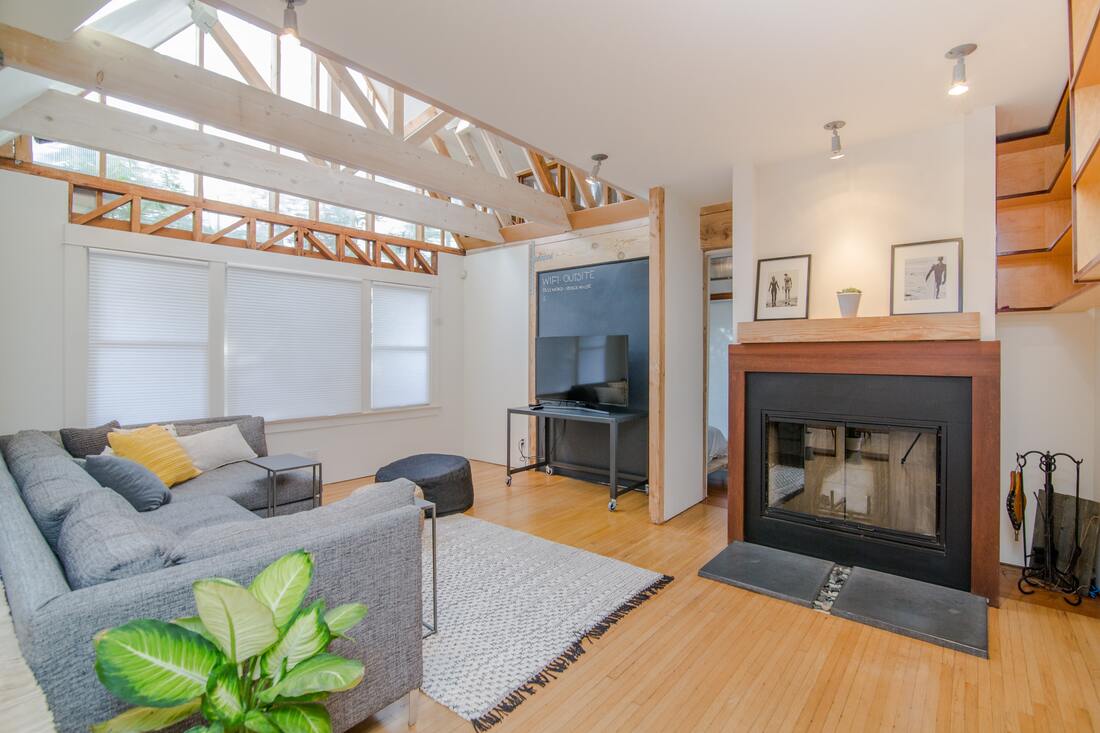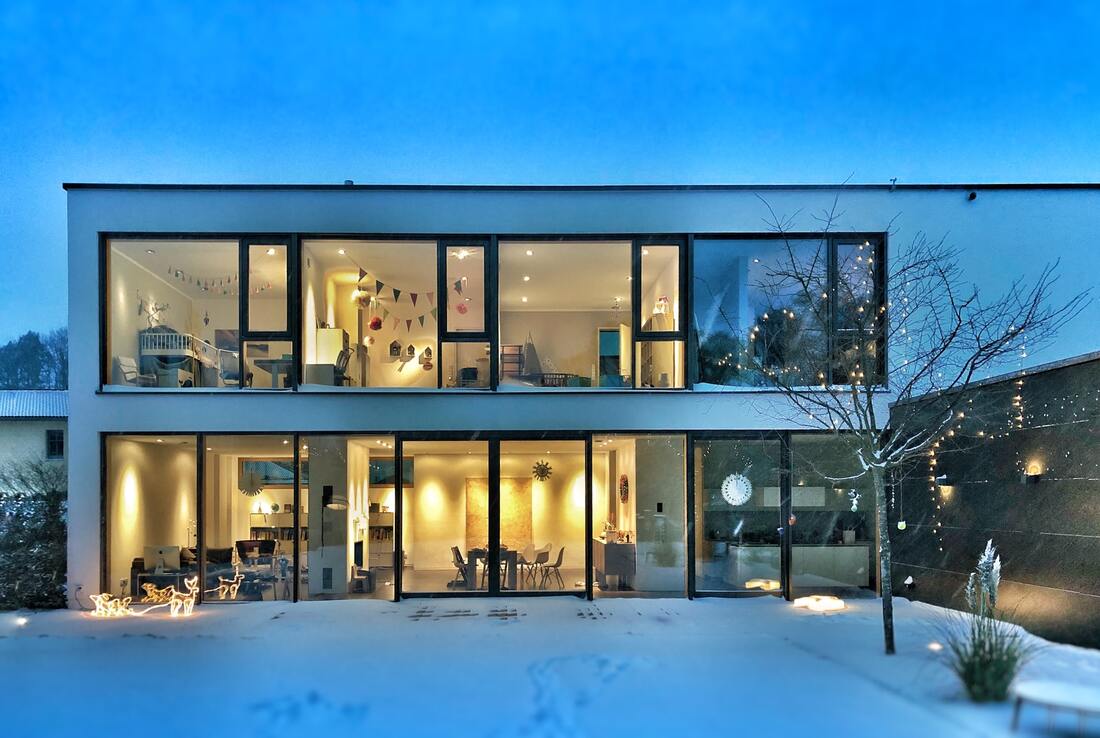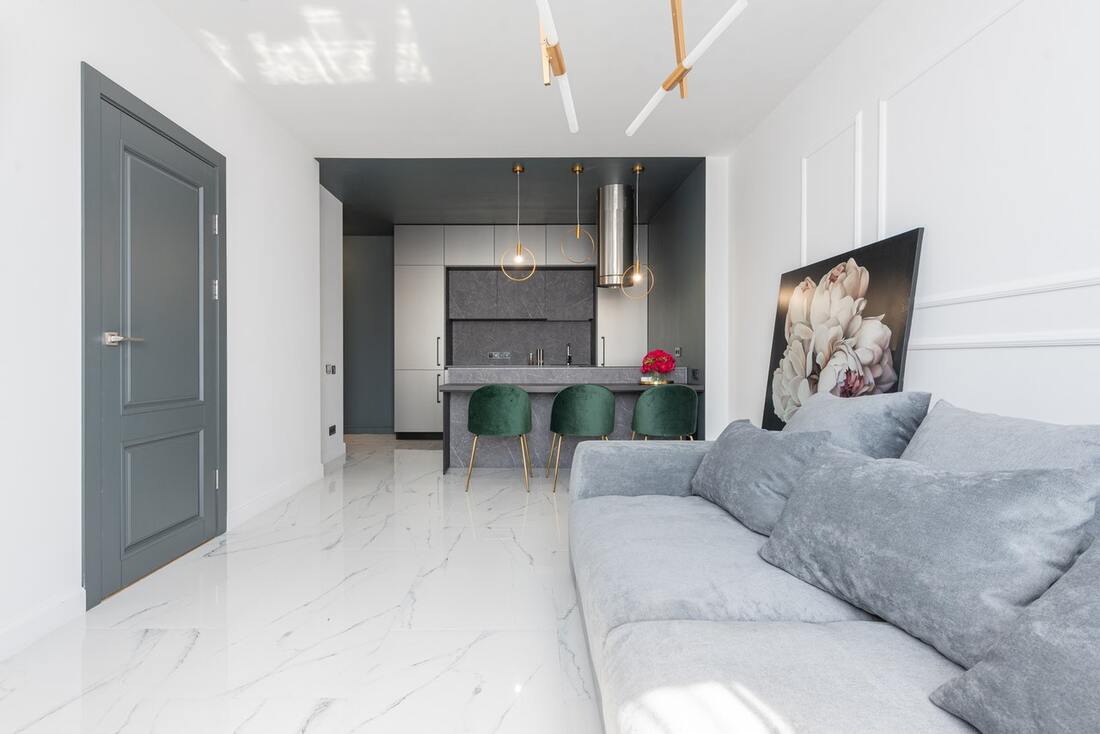Sally NortonGuest Blogger There isn't a uniform definition of a perfect house. What some think is a catch, others would consider unworthy of their time and money. If you are currently hunting for the right home, you have probably already stumbled upon properties of various shapes and sizes. Think 1,000 square feet, 2,000, even more than 3,000! But how much square footage do you need, really? Could you end up with a case of ''too much house'', and is that even a thing? Perhaps, tiny living enthusiasts actually have a point - we don't need as much space as we thought. Or, do we? A Square Foot - What Is It and How Can We Measure It?We define a square foot as a square that has foot-long sides. The typical size of a standard floor tile is precisely that - one square foot. If your kitchen or bathroom is covered with tiles, it should be relatively simple to estimate the size. If you are interested in measuring the entire house, do so room by room. Equip yourself with a measuring tape and start by taking notes of the room's length and width. Once you've established these, multiply the two to get the exact size of the area. Repeat the same process in every room until you've covered them all. Finally, add all the numbers, and voila! You've got yourself the square footage of the whole house! In Reality, How Much Square Footage Do You Need?This question isn't as easy to answer as preferences differ from person to person. To some, a 2000 sq. ft. property may seem tiny, while to others, it might be huge. However, if you live alone, chances are you probably don't need as much space as those who live with their entire families. The size and the amount of furniture you own also play a significant role in deciding upon the dimensions of your future home. Make sure to measure individual pieces to determine how many square feet they occupy. Bear in mind that you'll still need to separate each by at least 30 inches to ensure you can move around freely between them. After you've measured your belongings, you should have a rough idea of the minimal amount of space you require for everything to fit inside the house. Lucky for you, Indiana's real estate market is currently booming and has an array of residential properties to offer, ranging from tiny all the way to gigantic! That, potentially, makes finding a perfectly sized one relatively easy. You'll also be happy to know that your relocation process can be a breeze, too! With professional movers by your side, a smooth transition is guaranteed! What Is the Size of an Average American Home?Over the years, the average size of properties has changed drastically. Currently, the median square footage of a family home lies at about 2,600 sq. ft. In the '70s, however, the numbers were closer to 1,600 sq. ft. On the other hand, homes from the '50s were just short of 1000 sq. ft. It's interesting that, while houses keep getting bigger, families are becoming smaller. In the first half of the 20th century, the average was 3.6 people per family. These days, households have only 2.5 members. As far as apartments go, we can notice them slightly decreasing in size over time. For instance, in 2011, the average apartment stood at 1,120 square feet, compared to now, when that number lies at around 1,020. We can attribute this trend to the fact that the focus has shifted from building two and three-bedroom apartments to constructing more studios and one-bedroom ones. Some folks believe living in a small space is better, and yes, there is some truth in that. The smaller the house, the simpler it is to keep up with its maintenance. Additionally, the bills are lower, and the clutter can't get out of hand as quickly. Having that in mind, it's no wonder more and more people are investing in micro-apartments and tiny houses. To be considered micro, an apartment must be 100 to 300 sq. ft, whereas a tiny house is supposed to fall at around 400. And how much square footage do you need for comfortable living? Have you managed to figure that out? No? Well, perhaps the following factors will help you finally make up your mind. Prime Location vs. Square Footage Set your priorities straight and think about what it is you want. Does the spaciousness matter more than the location? If so, the bigger the space, the better it is for you. On the other hand, if you care about nothing else but being in the heart of a city, the actual size probably doesn't hold much significance. In the case of the latter, you could probably get away with fewer square feet. Time Spent at Home Does your home serve solely as a place to rest at the end of an exhausting day? If yes, a studio would probably suit you better than a big house. Or perhaps, you prefer spending time at home, hosting get-togethers for friends and family? Maybe you also work remotely and would appreciate an addition of a home office? Should the last two be it, a larger property would work in your favor. The Budget
You aren't paying only for one room but rather for the entire property - keep this in mind when deciding on the size of the future home. Whether or not you use some part of the house doesn't matter, as you'll have to pay the bills as if you were using it whole! If you don't have sufficient funds to cover heating and cooling costs, downsizing is certainly better than upsizing. The Layout vs. The Footage Dimensions aren't critical if the space is arranged well. A great layout can make even the tiniest of places appear larger and more functional. But how much square footage do you need in the end? Well, a word of advice - don't dwell too much on it. Instead, focus on finding a home that's, first and foremost, well-arranged, bright, and airy. After you've stumbled upon one, or a couple of those, determine which one you like the most. If it's the size that makes or breaks the decision, so be it! But don't let it be the only factor that plays into what property you end up buying. Comments are closed.
|
Archives
July 2024
Categories
All
|





 RSS Feed
RSS Feed
